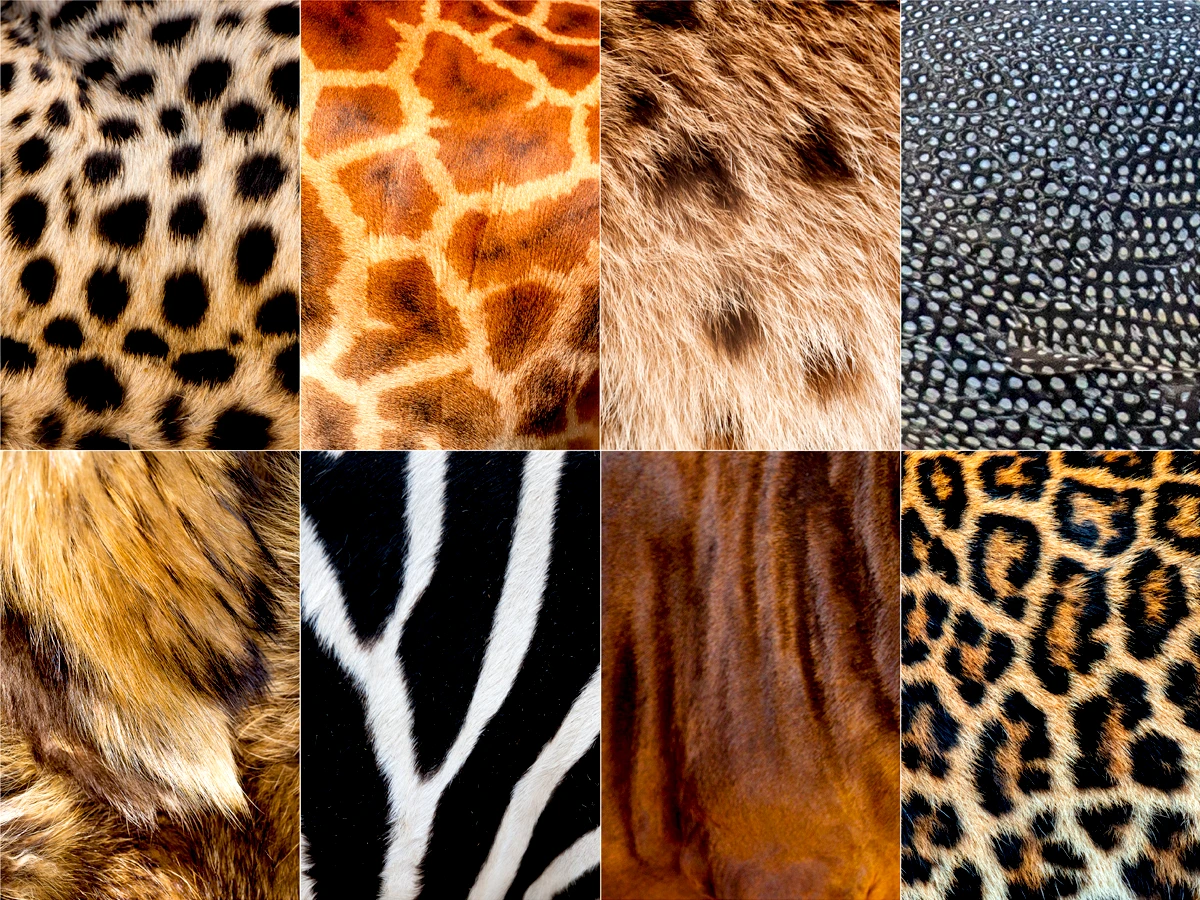
The Serengeti is often described as one of the greatest theaters of life on Earth. Vast golden plains stretch endlessly, dotted with acacia trees, and alive with a breathtaking list of Serengeti animals, some of the most iconic wildlife on the planet. Yet what truly sets this ecosystem apart is not only the abundance of animals but the dazzling diversity of their coats, markings, and colors.
From the zebra’s unmistakable stripes to the delicate spots of a hyena cub, animal patterns in the Serengeti are far more than decoration. They are survival strategies, communication tools, and family signatures—crafted by evolution and perfected over time.
In this guide, we explore the hidden purposes of these natural masterpieces, giving you a deeper lens through which to experience your Serengeti safari with One Nature and appreciate what the most common animals in the Serengeti reveal through their patterns.
No pattern is more synonymous with the Serengeti than the zebra’s bold black-and-white stripes. Among Serengeti grazing animals, zebras stand out visually. At first glance, the stripes appear to make the animal conspicuous, but their purpose is surprisingly complex:
For travelers, witnessing hundreds of zebras moving together during the Great Migration, the natural phenomenon the Serengeti is famous for, is like watching an endless living canvas of stripes in motion.
Giraffes also belong to the vast family of Serengeti herbivores. Towering above the plains, they display intricate mosaics of patches, each bordered by lighter lines. These spots serve several critical roles:
Watching a giraffe on safari isn’t just an aesthetic experience—it’s a chance to read nature’s design written across its skin.
The elusive leopard is a true artist of concealment. Its golden coat, patterned with dark rosettes, makes it nearly invisible in the shifting light of trees and tall grass.
For many travelers, leopards represent rare animals in the Serengeti, a reminder of the delicate balance between stealth, beauty, and survival.
While often confused with leopards, cheetahs, one of the fastest Serengeti grazing animal hunters, wear simple, solid black spots over a tawny coat. Unlike rosettes, these spots serve a different set of functions:
Perhaps most iconic are the black “tear marks” running from their eyes to their mouth, believed to reduce glare from the sun and enhance focus during high-speed chases.
Often misunderstood, spotted hyenas are one of the Serengeti’s most intelligent predators. They remind us that interesting facts about the Serengeti often come from the animals we least expect. Their spotted coats serve as both camouflage and identity markers.
To see hyena cubs—born almost black, then gradually developing spots—is to witness evolution in real time.
Among the rarest animals in the Serengeti and one of Africa’s most endangered carnivores, African wild dogs are sometimes called “painted wolves” for their extraordinary coats.
Spotting these endangered animals in the Serengeti is a rare privilege, one that leaves a lasting impression.
Patterns in the Serengeti aren’t limited to mammals. Birds, too, display extraordinary designs:
Birdlife adds endless color to the list of Serengeti animals, offering encounters as fascinating as those on the plains. Each feather is a statement, part of a broader story of survival and attraction.
Wildebeest are among the most common animals in the Serengeti. They may seem plain compared to zebras or leopards, but their coats also carry meaning:
When viewed en masse during the Great Migration, their subtle patterns form a moving tapestry of survival, stretching from horizon to horizon.
Across species, patterns serve several universal functions:
For safari travelers, learning these secrets adds new meaning to every sighting. Suddenly, the zebra’s stripes are not just beautiful—they are life-saving. The giraffe’s spots are not just artistic—they are survival etched in skin.
| Animal | Pattern | Purpose | Serengeti Insight |
|---|---|---|---|
| Zebra | Black-and-white stripes | Camouflage, insect deterrence, identity | Living canvas during migration |
| Giraffe | Mosaics of patches | Cooling, camouflage, lineage markers | Graceful Serengeti herbivore |
| Leopard | Golden rosettes | Stealth hunting, individual ID | Elusive safari highlight |
| Cheetah | Black spots + tear marks | Speed, camouflage, cub camouflage | Agile predator of plains |
| Hyena | Spotted coats | Clan identity, camouflage | Social and intelligent |
| Wild Dog | Painted patches | Pack cohesion, communication | Rare animals in Serengeti |
| Wildebeest | Subtle shading | Herd camouflage, dominance signals | Most common animal in Serengeti |

At One Nature, we believe a safari is not simply about seeing animals—it’s about understanding the intricate details that make the Serengeti extraordinary. Our expert guides help guests read the hidden language of nature, from the subtle shades of wildebeest herds to the star-like spots of a cheetah cub.
This isn’t just a safari; it’s a way of seeing what is so magical about the Serengeti, where every stripe, spot, and feather reveals survival, heritage, and beauty. Every wildlife experience becomes not just a journey across the plains, but a deeper immersion into the artistry of life itself.
The Serengeti is nature’s canvas, and every animal is a brushstroke in masterpiece millions of years in the making. Stripes, spots, rosettes, and patches are not mere decoration —they are survival strategies, family codes, and visual poetry, offering clues to what are interesting facts about the Serengeti that elevate every safari into a deep absorption.
On your next journey with One Nature, look closer. The patterns of the Serengeti reveal not just the beauty of the wild, but the intelligence and resilience that keep it alive.